Illuminating Your Kitchen: A Comprehensive Guide to Lighting Design and Remodeling
Hi there! I'm Emma, one of the designers at dRemodeling, and today I want to shine a light on a crucial aspect of kitchen design that often gets overlooked: lighting. Good lighting is not just about visibility; it impacts your mood, efficiency, and the overall aesthetic of your kitchen. Let's dive into how to make your kitchen not just functional but fabulously lit!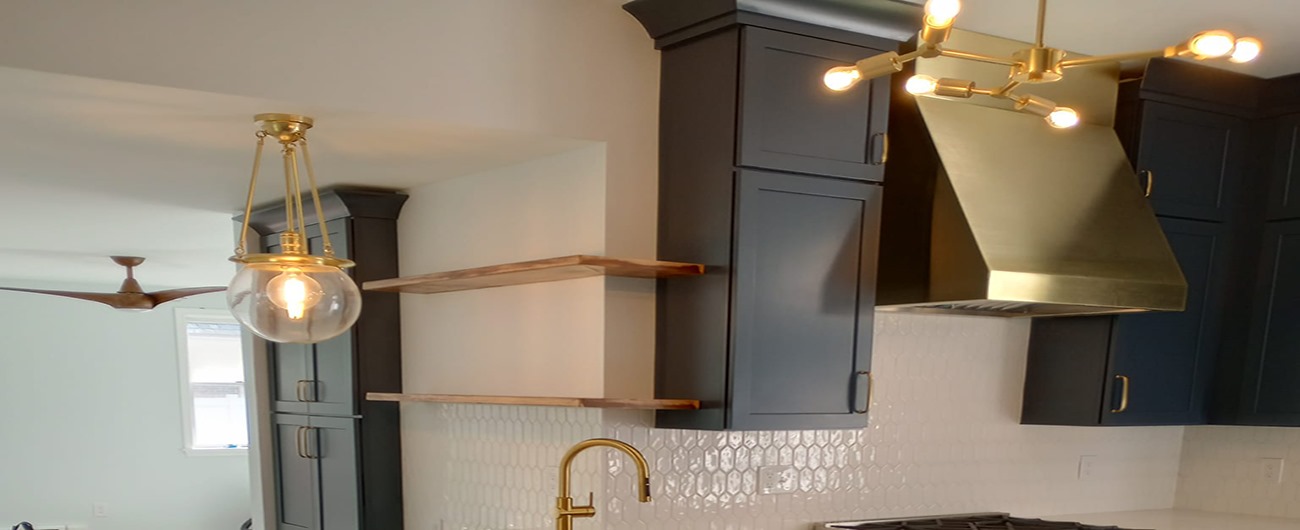
- Ambient Lighting: This is your kitchen's main light source. It could be a ceiling mount fixture or recessed cans, especially in areas with less natural light.
- Task Lighting: These are the lights that illuminate your work areas. Think undercabinet lighting for chopping veggies or preparing your favorite dish.
- Accent and Decorative Lighting: These are your kitchen's jewels. They might not be the primary light source, but they add personality and style. A dimmable art sconce or statement pendants can transform your space.
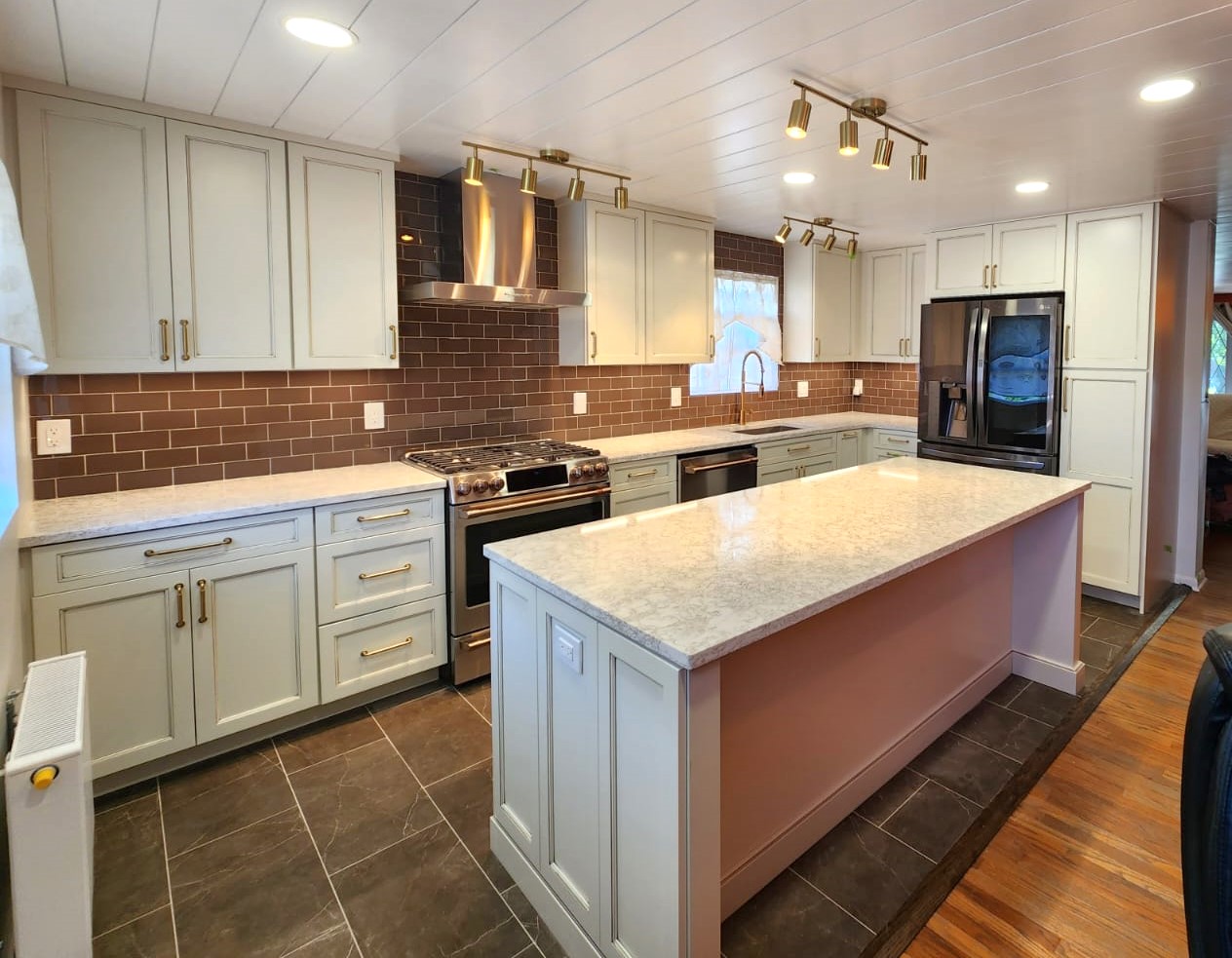
- Ambient Lighting: For recessed lights, a good rule is spacing them at half your ceiling height. So, if your ceiling is 90 inches high, place the lights every 45 inches.
- Task Lighting: Undercabinet lighting is key for safety and comfort. Options vary from surface-mounted to recessed, and dimmable to non-dimmable.
- Island and Dining Area Lighting: For pendants, 36 inches above the countertop works well for visibility. And remember, ceiling task lighting should be about 25 inches from the wall to minimize shadows.
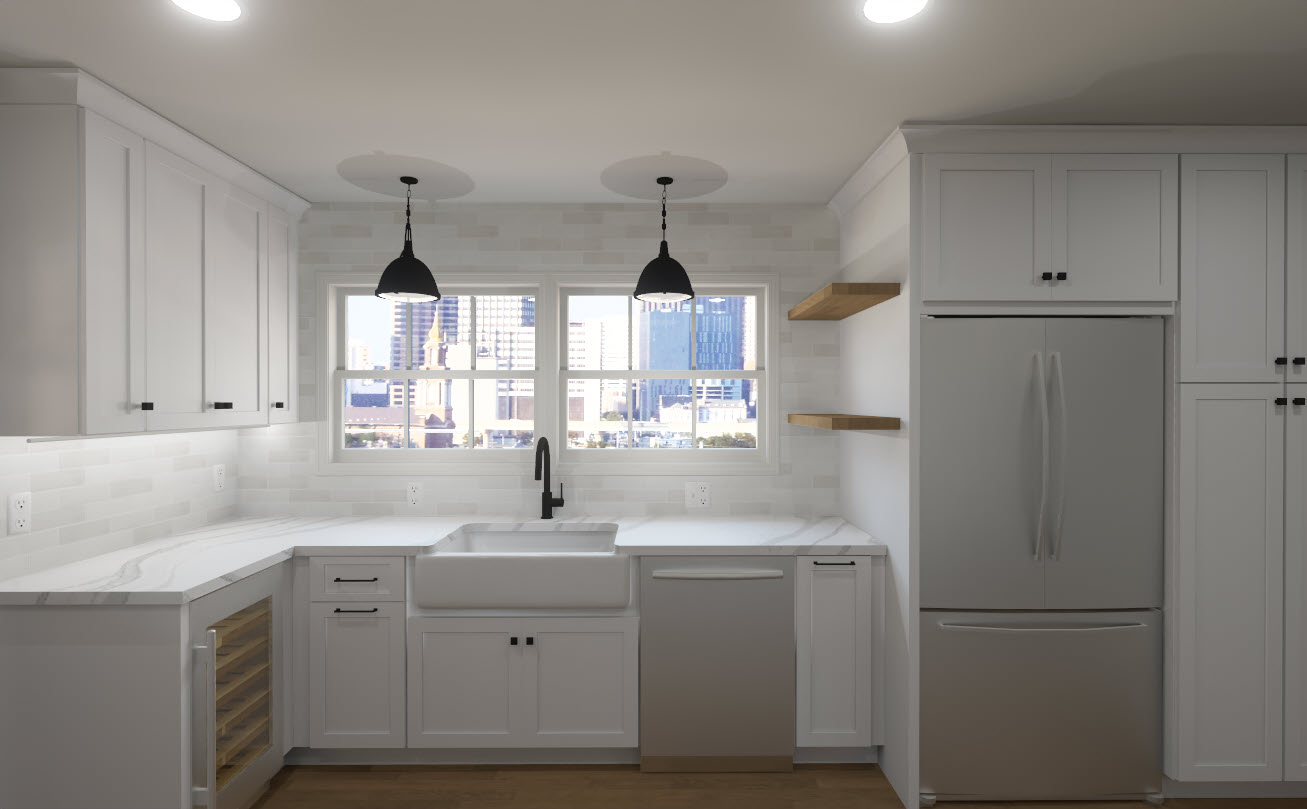
Your lighting should complement your kitchen's style. For a modern look, sleek fixtures work best. Consider the size too. Smaller islands might need mini pendants, while larger ones can handle bigger, bolder pieces.
Lighting Control and Smart Solutions
Upgrading to dimmers saves energy and adds ambiance. Smart lighting solutions like motion sensors or smartphone controls bring convenience and modern flair to your kitchen.
Task vs. Ambient Lighting: Striking the Right Balance
- Plan Your Space: Think about how you'll use each area. This helps in deciding where to focus task and ambient lighting.
- More is Better: It's usually safer to have more lighting than less. Use dimmers or separate switches for flexibility.
- Limit Decorative Lights: One or two statement pieces prevent clutter and draw the eye.
- Embrace Natural Light: If possible, add larger windows for the best light source
- Consider Adjacent Views: How does your kitchen look from other rooms? This can influence lighting choices.
In one of our recent projects, the O'Brien kitchen, we balanced sleek undercabinet lights, recessed lighting tucked in the shiplap ceiling, and a few gold task lights, creating a functional yet inviting space. The result? A kitchen that's a true centerpiece of the home.
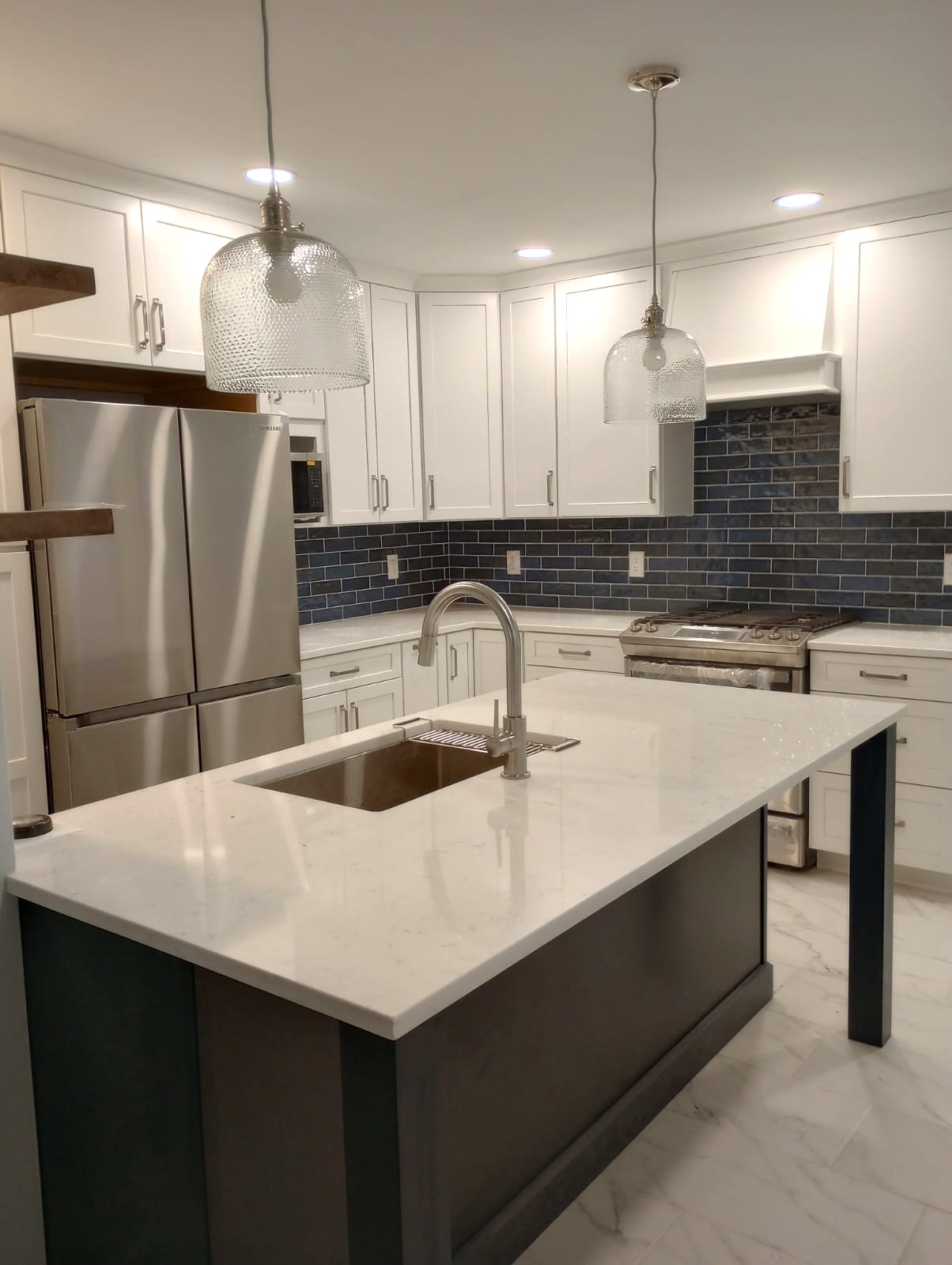
Remember, remodeling is a journey, and lighting is a big part of it. Good lighting can elevate your kitchen from standard to spectacular. If you're feeling overwhelmed, our team at dRemodeling is always here to help you navigate through your kitchen lighting needs.
Ready to light up your kitchen? Contact us at dRemodeling for a personalized consultation or visit our showroom. Let's make your kitchen shine!


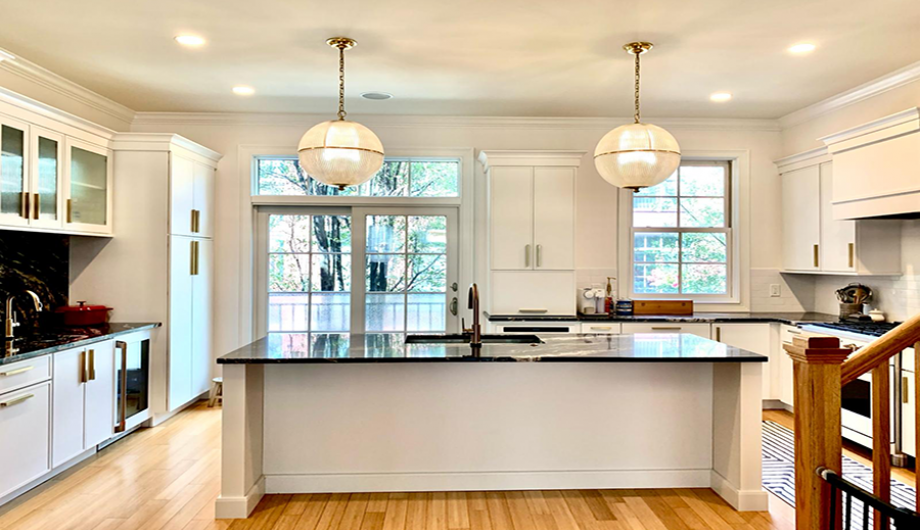

Leave a comment